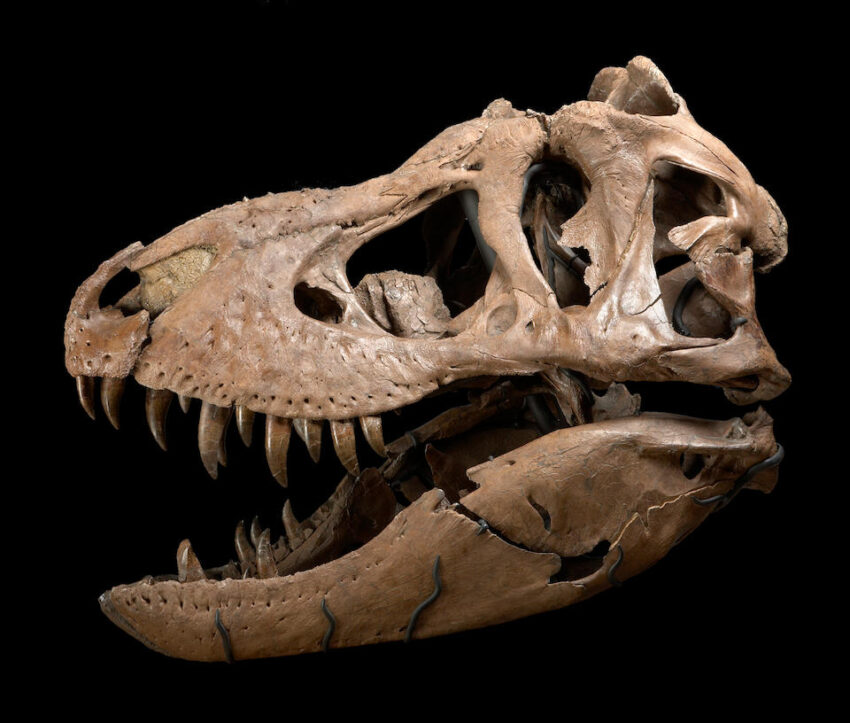The Apatosaurus, a colossal dinosaur from the Jurassic Period, continues to captivate paleontologists and enthusiasts alike. Among its most intriguing features is its skull, a structure shrouded in mystery for decades due to its fragile nature and rarity in fossil records. In this article, we delve into the fascinating history, structure, and significance of the Apatosaurus skull, unraveling its role in understanding one of Earth’s most iconic giants.
Table of Contents
ToggleA Brief History of the Apatosaurus
The Apatosaurus, often referred to as the “deceptive lizard,” roamed the Earth approximately 150 million years ago. This herbivorous dinosaur, belonging to the sauropod family, is renowned for its massive body, long neck, and whip-like tail. However, its skull has been a subject of scientific debate since the species’ discovery in 1877 by Othniel Charles Marsh.
For many years, the Apatosaurus was mistakenly associated with the skull of another sauropod, Camarasaurus. This misidentification persisted until the late 20th century when more detailed analysis and fossil discoveries clarified the distinct features of the Apatosaurus skull.
Structure and Features of the Apatosaurus Skull
The Apatosaurus skull is remarkably small compared to the dinosaur’s immense body. Measuring roughly 2 feet in length, it is lightweight and specialized for its herbivorous diet. Key features include:
Elongated Snout: The narrow and elongated snout facilitated selective feeding on high vegetation.
Peg-like Teeth: Unlike the broad, spatulate teeth of Camarasaurus, the Apatosaurus had pencil-like teeth suited for stripping leaves from branches rather than grinding.
Open Fenestrations: The skull was filled with large openings (fenestrations) to reduce weight without compromising strength.
Fragility: Composed of thin, delicate bones, the skull was rarely fossilized, contributing to its rarity in the fossil record.
The Skull’s Role in Apatosaurus Behavior and Diet
The design of the Apatosaurus skull offers valuable insights into its behavior and ecological role. The lightweight skull, combined with a long neck, allowed the dinosaur to reach a wide range of vegetation without moving its enormous body frequently, conserving energy.
Additionally, studies of wear patterns on the teeth reveal seasonal feeding habits, indicating that Apatosaurus adapted to changes in available plant life.
Why the Apatosaurus Skull Matters
The Apatosaurus skull represents more than just a physical feature—it’s a key to understanding the evolutionary journey of sauropods. The identification of the correct skull helped resolve long-standing taxonomic confusion, shedding light on the diversity and specialization within the sauropod lineage.
The rarity of intact skulls emphasizes the importance of ongoing fossil hunting and the use of modern technology, such as 3D imaging, to reconstruct and study these ancient relics.
Conclusion
The Apatosaurus skull, once a puzzle piece misplaced in the grand jigsaw of dinosaur history, has emerged as a critical element in understanding the biology and behavior of this prehistoric giant. As fossil discoveries continue and technologies advance, the skull will undoubtedly yield even more secrets about the life and environment of the Apatosaurus. For more information click the link https://dinorepeat.com/

